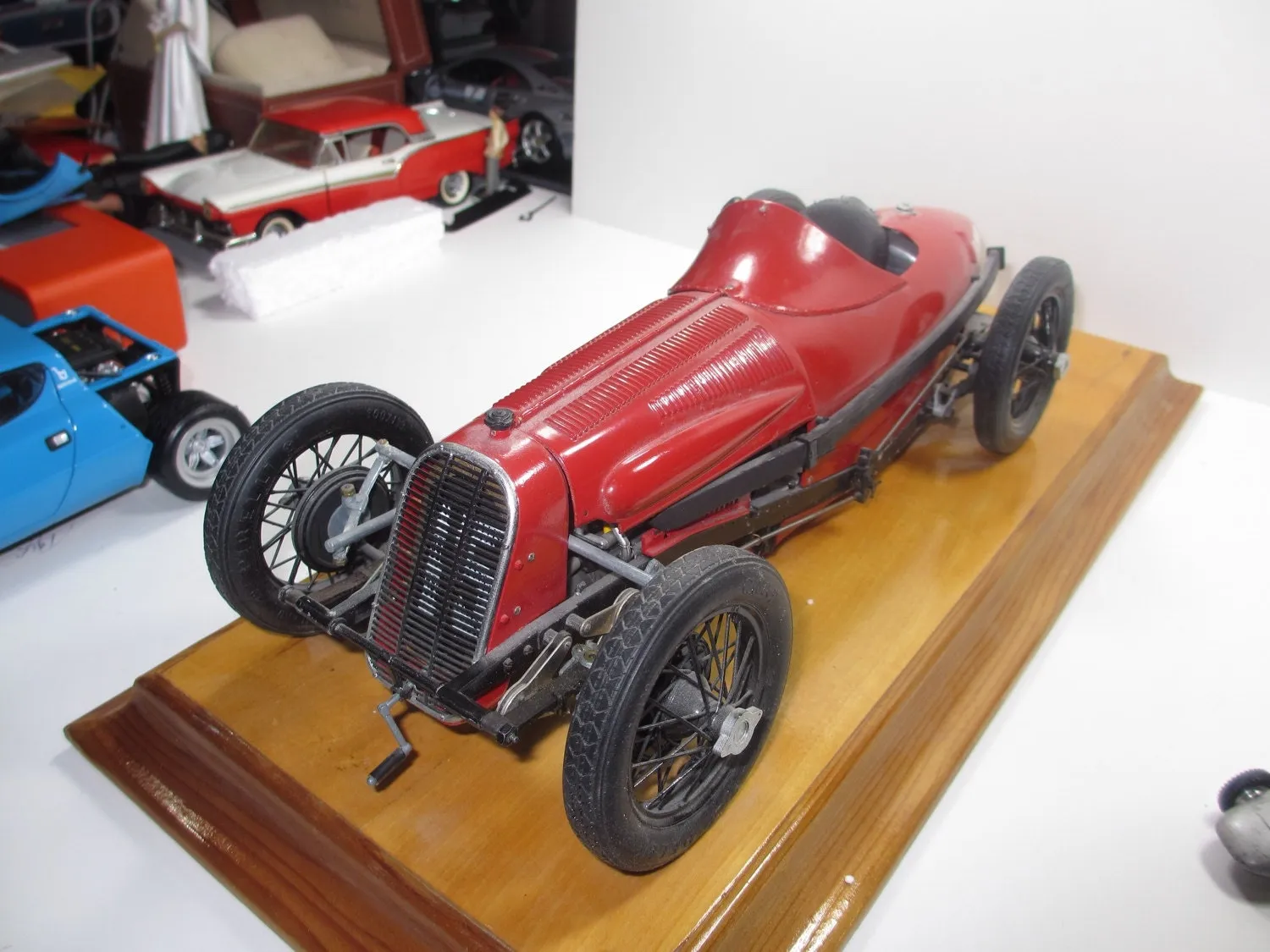What are 1:18 Scale Diecast Model Car Kits?
1:18 scale diecast model car kits are detailed miniature replicas of real-life automobiles, meticulously crafted for hobbyists and collectors. The ‘1:18’ signifies the scale, meaning that the model is 1/18th the size of the actual car. These kits typically come in several parts, often made from diecast metal (a process where molten metal is forced into a mold), and require assembly, painting, and detailing, providing an engaging and rewarding experience for enthusiasts. The level of detail in these models can be extraordinary, with accurately replicated interiors, engines, and even working features in some cases. They range from simple snap-together kits to complex projects that can take hours or even days to complete, offering a variety of challenges and satisfactions for model builders of all skill levels.
The Appeal of 1:18 Scale
The 1:18 scale has become a popular choice for several reasons. It strikes a great balance between size and detail. The models are large enough to showcase intricate details, making them visually stunning and enjoyable to build, while remaining manageable for display and storage. The larger size also allows for more sophisticated mechanisms and features, such as opening doors, hoods, and trunks, and sometimes even functional steering. Furthermore, the 1:18 scale enjoys a broad selection of models, covering a wide variety of cars, from vintage classics to modern supercars and race cars, ensuring there’s something to appeal to every car enthusiast. The scale also provides a satisfying tactile experience during assembly and allows for a high level of customization and personalization, contributing to its widespread appeal.
Why Choose Diecast?
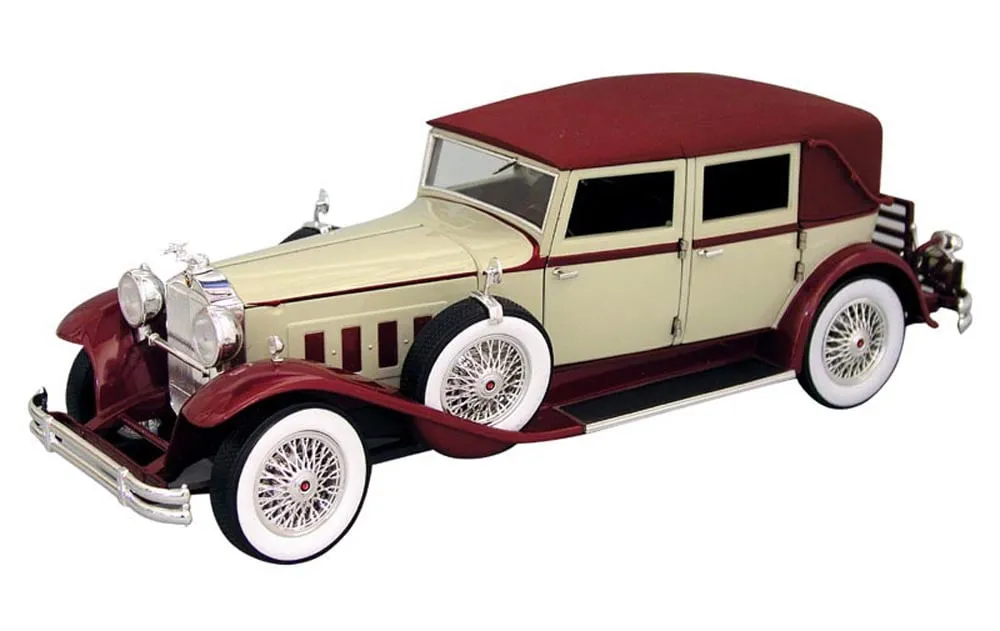
Diecast metal is the primary material used in these model car kits for several compelling reasons. Diecast offers a superior level of detail and realism compared to plastic models. The metal can be molded with intricate shapes and fine details, resulting in highly accurate representations of the original vehicles. Diecast models have a satisfying weight and a high-quality feel, enhancing the overall collecting experience. They are also significantly more durable than plastic models, making them less prone to damage. Furthermore, diecast can be painted to a high standard, providing a realistic finish that adds to the model’s visual appeal. This combination of detail, durability, and realism makes diecast the preferred choice for serious collectors and model builders, ensuring the longevity and aesthetic quality of their creations.
Types of 1:18 Scale Diecast Kits
The world of 1:18 scale diecast model car kits is wonderfully diverse, offering a wide range of vehicles to suit every interest. Whether you are interested in classic cars, modern supercars, or racing vehicles, there is likely a kit available to fit your specific tastes. Each category presents unique challenges and rewards, allowing modelers to explore different aspects of automotive history and design. The variety ensures that collectors and hobbyists can build a diverse and interesting collection, catering to their individual passions and preferences. The range also extends to different levels of complexity, from simple snap-together kits for beginners to highly detailed, multi-part kits for experienced modelers.
Classic Car Kits
Classic car kits celebrate the iconic vehicles of the past, providing a trip down memory lane for automotive enthusiasts. These kits often replicate vintage models from the early 20th century to the late 1970s, including legendary muscle cars, elegant roadsters, and luxurious sedans. These kits frequently emphasize the intricate details of the era, from chrome accents and whitewall tires to detailed interiors and authentic paint schemes. Building a classic car kit allows modelers to appreciate the craftsmanship and design of a bygone era, adding a touch of nostalgia and historical significance to their collection. These kits can range from relatively simple builds to complex projects that demand precision and patience, making them suitable for a wide range of skill levels.
Modern Supercar Kits
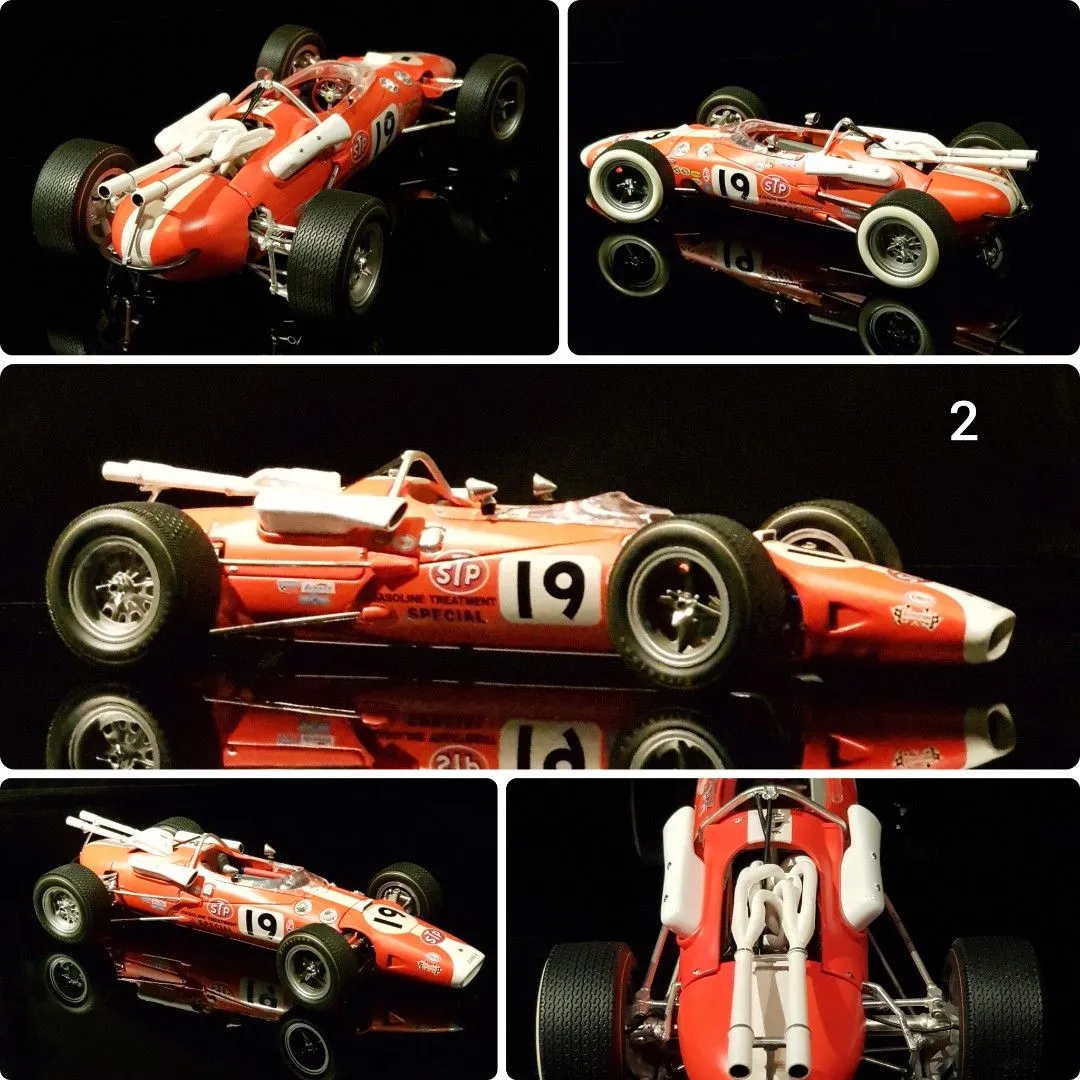
Modern supercar kits represent the pinnacle of automotive technology and design, offering a glimpse into the world of high-performance vehicles. These kits showcase the sleek lines, advanced aerodynamics, and powerful engines of contemporary supercars. They often feature intricate details such as complex suspensions, detailed engine bays, and realistic interior designs. Building a modern supercar kit allows modelers to appreciate the cutting-edge engineering and aesthetics of today’s performance cars. These kits can be highly detailed and complex, requiring a high degree of skill and precision, but the result is often a stunning model that captures the essence of these high-performance machines. They provide a fascinating insight into the evolution of automotive design and technology.
Race Car Kits
Race car kits bring the excitement of the racetrack to the hobbyist’s table, with models of Formula 1 cars, Le Mans racers, and other motorsport legends. These kits often feature detailed replicas of the cars’ aerodynamics, suspension systems, and engine components. They commonly include authentic sponsor decals and race-specific details, capturing the spirit of competition. Building a race car kit offers a unique opportunity to understand the engineering and design behind high-performance racing vehicles. These kits can range from intermediate to advanced in complexity, providing a challenging and rewarding experience for modelers. They can be particularly appealing to those who have an interest in motorsport history and technology, allowing them to create a stunning tribute to racing legends.
Choosing Your 1:18 Scale Model Kit
Selecting the right 1:18 scale model car kit is an essential step in ensuring a satisfying and enjoyable experience. The ideal kit will match your skill level and interests, and it will also align with the goals you have for your hobby. Before making a purchase, it’s helpful to consider a few essential factors. Thinking about the amount of time you wish to commit to the project can also help decide whether to pick up a beginner-friendly model or a more complex one. Taking the time to evaluate your needs and preferences can help narrow down the options and prevent frustration. Careful consideration will lead to a project that is both enjoyable and rewarding.
Consider the Skill Level
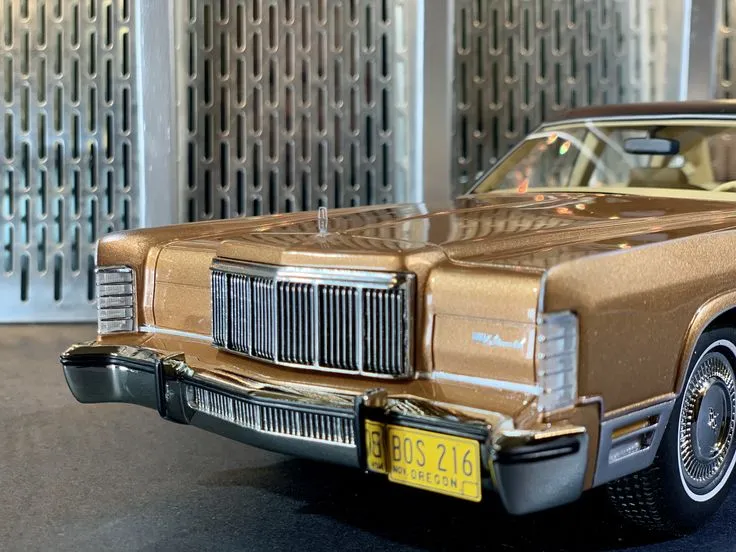
Model car kits come in a wide range of difficulty levels, from simple snap-together kits to highly detailed and complex projects. Beginners should start with kits that have fewer parts and simpler instructions, building up their skills and confidence as they progress. Look for kits that are specifically labeled as beginner-friendly. More experienced modelers can tackle more complex kits, including those with intricate engine details, detailed interiors, and multiple parts. Consider the number of parts, the complexity of the instructions, and the tools required to make the best choice for your current experience. Matching the kit to your skill level will lead to a more enjoyable and less frustrating building experience.
Research the Brand and Reviews
Before purchasing a model car kit, it’s essential to research the brand and read reviews from other modelers. Different brands offer varying levels of quality and detail, and some are known for their user-friendly instructions and high-quality parts. Look for brands with a good reputation for accuracy, detail, and overall build quality. Check online reviews, forums, and social media groups to learn about other modelers’ experiences with the kit you’re considering. These resources can provide valuable insights into the kit’s ease of assembly, the quality of the parts, and any potential issues you might encounter. Careful research can help you make an informed decision and choose a kit that meets your expectations.
Essential Tools and Materials
Building a 1:18 scale diecast model car kit requires a selection of essential tools and materials to ensure a smooth and successful build. These tools will help you with the various steps, from cutting and assembling parts to painting and detailing your model. Investing in quality tools can significantly improve the overall experience and outcome of your project. The right tools will provide for more precise cuts, accurate assemblies, and a professional-looking finish. By gathering the necessary tools and materials before you begin, you’ll be well-prepared to tackle the project and enjoy the process. Proper preparation is key to achieving a satisfying result.
- Hobby Knife A sharp hobby knife or craft knife is essential for removing parts from the sprue (the plastic frame that holds the parts) and for trimming and cleaning up edges.
- Sprue Cutters Special cutters designed to cleanly remove parts from the sprue without damaging them.
- Files and Sandpaper Fine-grit files and sandpaper for smoothing edges, removing mold lines, and preparing surfaces for painting.
- Plastic Cement or Super Glue Adhesives are needed to join the plastic parts of the kit. Make sure to use an adhesive appropriate for the materials used. Plastic cement is ideal for plastic components while super glue is also widely used.
- Paint and Brushes High-quality hobby paints (acrylics or enamels) in the colors needed for your model, along with a selection of fine-tipped brushes for painting details.
- Detailing Tools Tweezers, small drill bits, and other detailing tools will assist in the assembly of small parts and adding detail to the model.
- Paint Thinner/Cleaners For cleaning brushes and thinning paints.
- Masking Tape For precise painting, use masking tape to protect areas that you don’t want to be painted.
Assembly Techniques for Beginners
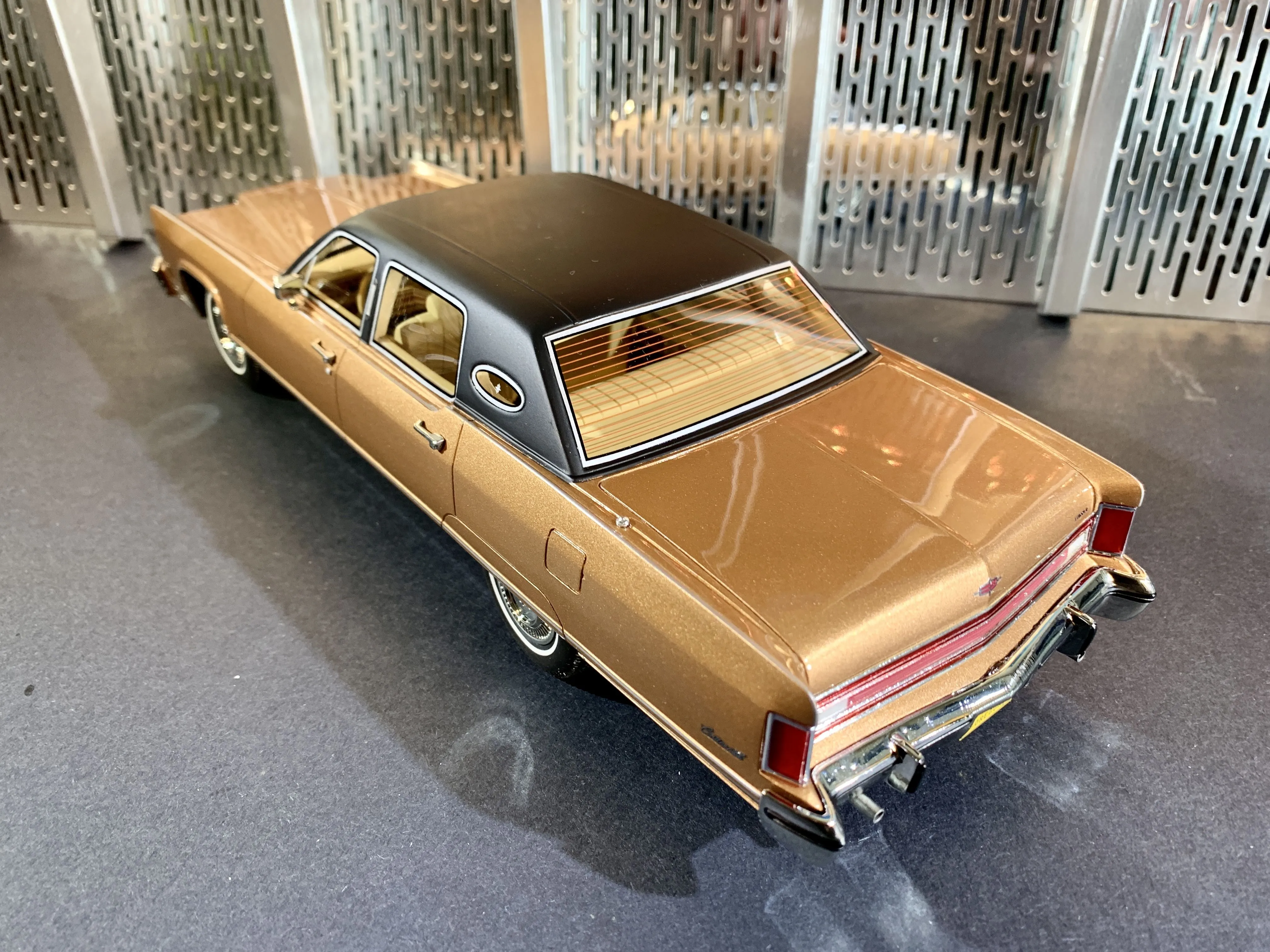
Assembling a 1:18 scale diecast model car kit can be a rewarding experience, even for beginners. The key is to approach the project with patience and attention to detail. Start by carefully reading the instructions and familiarizing yourself with the parts. Taking the time to understand each step will prevent common mistakes and ensure a successful outcome. Work in a well-lit area and keep all your tools and materials organized. Taking these steps can ensure the best possible result. This section will give some tips for getting started. These techniques will also help create a rewarding experience.
Preparing the Diecast Body
Before assembling the model, prepare the diecast body by cleaning and preparing the surface. This typically involves removing any mold lines, sanding imperfections, and cleaning the body. Mold lines are thin ridges of plastic that can appear along the edges of parts and can be removed using a hobby knife or fine-grit sandpaper. Carefully sand the body to remove any imperfections and ensure that the paint will adhere properly. Clean the body with a mild soap and water solution to remove any dust or debris. Proper preparation is crucial for achieving a professional-looking finish. Take your time and pay attention to detail during this stage to ensure that your model looks its best.
Assembling the Chassis and Engine
The chassis and engine are the core of the model, so accuracy and attention to detail are essential. Start by carefully assembling the chassis components, following the instructions provided with your kit. The chassis typically includes the frame, suspension, and other undercarriage parts. Assemble the engine components with precision, ensuring that all parts fit together correctly. Use plastic cement or super glue to secure the parts, and allow the glue to dry completely before moving to the next step. Refer to the instructions and any reference photos to ensure proper alignment. Take your time and double-check your work to avoid any mistakes. Remember that a well-assembled chassis and engine will provide a solid foundation for the rest of the model.
Detailing and Painting
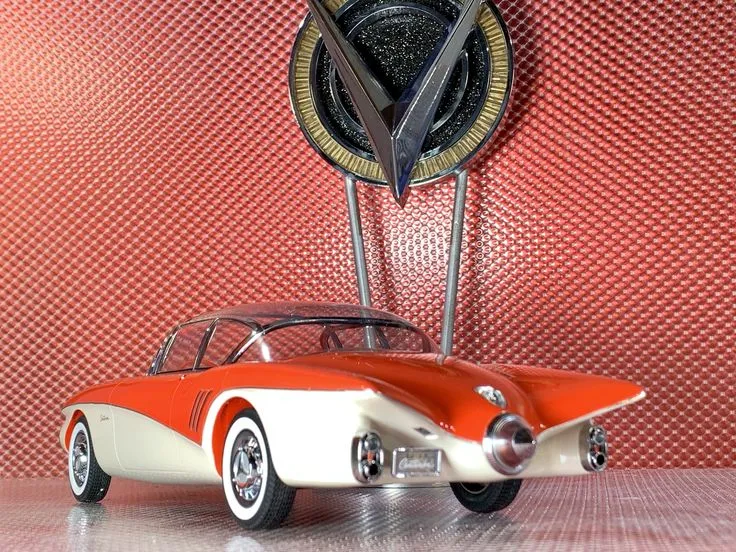
Detailing and painting bring the model to life, so accuracy and patience are critical at this stage. Use fine-tipped brushes and high-quality hobby paints to add details to the interior, engine bay, and exterior of the model. Paint the interior and engine components with realistic colors and finishes. Use masking tape to protect areas that you don’t want to be painted. Painting the exterior requires more patience and skill. Apply thin, even coats of paint, allowing each coat to dry completely before applying the next. Adding details like trim, emblems, and other details enhances the realism of the model. Remember that quality painting and detailing significantly improve the overall appearance of the model and increase its value and aesthetic appeal.
Adding Decals and Finishing Touches
Adding decals and applying the finishing touches complete the model and add a layer of authenticity. Carefully cut out each decal, and apply them to the model’s surface, following the instructions. Use decal setting solution to help the decals conform to the surface. Once the decals are dry, apply a clear coat to seal them and protect the paint. Other finishing touches may include adding accessories, such as mirrors, wipers, and other exterior details. Use reference photos to ensure that all details are correctly applied and aligned. Taking your time and paying attention to detail will make all the difference in the final appearance of your model and enhance its value.
Displaying and Preserving Your Model
Once you’ve completed building your 1:18 scale diecast model car kit, displaying and preserving it is essential to showcase your work. Proper display and storage will protect the model from dust, damage, and other environmental factors. Displaying your model also allows you to enjoy your creation and share it with others. There are several ways to display and preserve your model. By taking these measures, you can ensure that your model remains in excellent condition for years to come. Following these steps will help show off your skills and protect your investment.
Display Cases and Stands
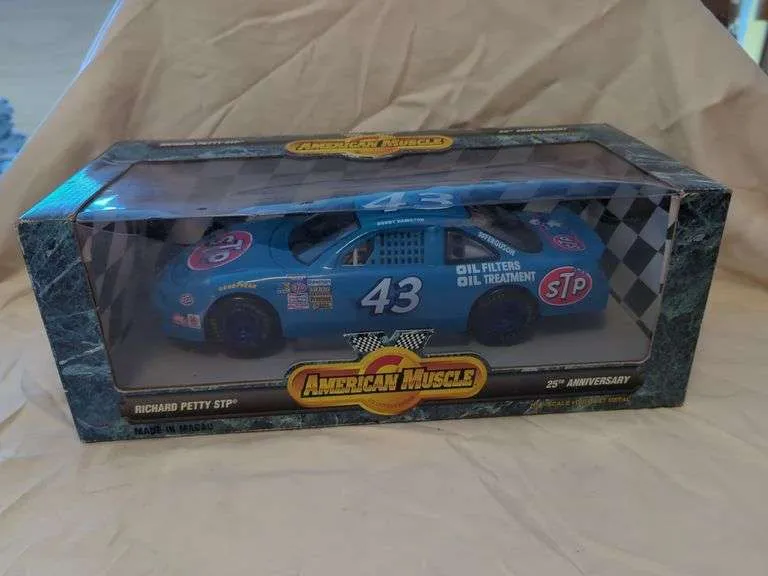
Display cases and stands are the best way to showcase and protect your model. Display cases come in various styles, including glass cases and acrylic cases. Display cases protect your model from dust, UV light, and accidental damage, while allowing you to view it from all angles. Stands are another option that can be used to elevate and showcase your model. These stands are often made of clear acrylic or other materials, providing a stable base. They can enhance the visual appeal of your model. Consider the size and style of your model when selecting a display case or stand. Proper display will help showcase your model and protect your hard work.
Protecting from Dust and Damage
Dust and other environmental factors can damage your model over time. Regular cleaning is necessary to keep your model in excellent condition. Use a soft brush or cloth to gently remove dust from the surface of the model. Avoid using harsh chemicals or abrasive materials that could damage the paint or details. Store your model in a cool, dry place away from direct sunlight and extreme temperatures. Direct sunlight can fade the paint and damage the model, while extreme temperatures can cause the model to warp or crack. By protecting your model from dust and damage, you can preserve its condition. Taking these simple precautions will help preserve the beauty of your model for years to come, and ensuring that your craftsmanship lasts for years.
Conclusion
Building 1:18 scale diecast model car kits is a rewarding hobby that offers hours of enjoyment and a sense of accomplishment. This guide has provided a comprehensive overview of the process, from choosing your kit to displaying your finished model. The key to success is to approach the project with patience, attention to detail, and a passion for cars. Whether you’re a beginner or an experienced modeler, the world of 1:18 scale diecast kits offers endless opportunities for creativity and enjoyment. So gather your tools, select your kit, and embark on the journey of building your own miniature masterpiece. Enjoy the process, and take pride in the finished product.
